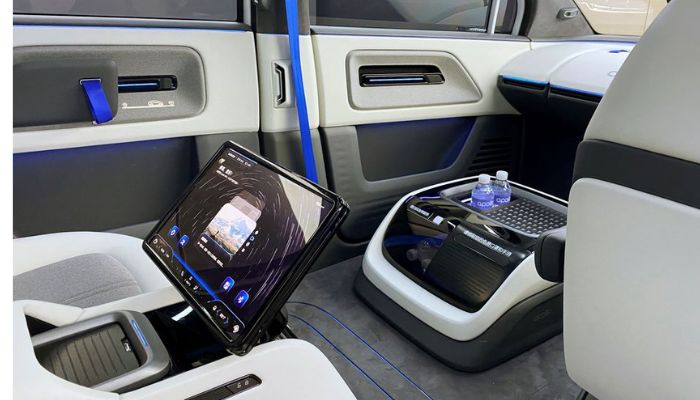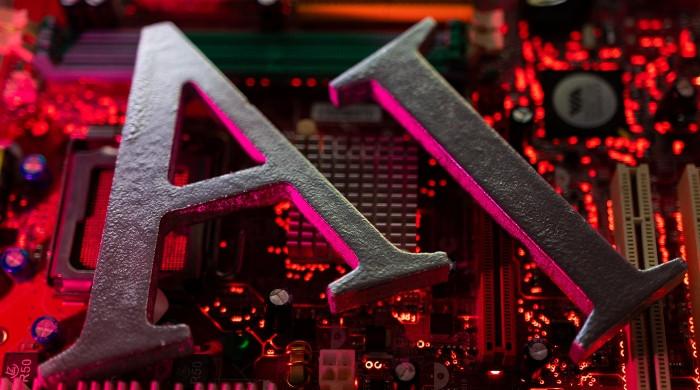Nighttime driverless taxis now functioning in China
Baidu began providing completely autonomous robotaxi rides in August, charging customers the same as a taxi
December 30, 2022

The Chinese internet giant Baidu, well renowned for its search engines, is making significant progress in the field of autonomous vehicles.
The public will be able to use its robotaxis in Wuhan between 7 am and 11 pm starting this week without safety drivers in the drivers' seats. Previously, the company's unmanned vehicles could only be deployed in the city from 9 am to 5 pm. The improved programme is planned to cover one million customers in some areas of Wuhan, a city of more than 10 million people.
In contrast to Tesla's vision-based solution, Baidu uses a combination of third-party cameras, radar, and lidar to assist its cars to see better in low-visibility situations.
Baidu began providing completely autonomous robotaxi rides in August, charging customers the same as a taxi. The company's robotaxi-hailing app, Apollo Go, completed more than 474,000 rides in Q3, increasing 311% from the previous quarter. As of Q3, Apollo Go had received more than 1.4 million orders overall.
That sounds like a potentially sizable source of income for Baidu, but one should be wary of such numbers and wonder how many of these trips are supported by discounts, said Rita Liao, writing for Tech Crunch. How many of these are regular, daily routes rather than special rides that early adopters take for fun? Chinese robotaxi drivers frequently offer incentives to the public to ride in their vehicles in order to boost performance numbers.
It's also difficult to say at this point which of China's robotaxi startups is in the lead, a report by the outlet said. Their capacity to grow depends on how well they get along with the community where they are based; major cities frequently have the power to establish specific local legislation.
Local governments around the nation are enthusiastically supporting autonomous driving as one of the few remaining consumer internet sectors with huge development potential. As an illustration, Wuhan, a major industrial city in central China, was among the first places in the nation to permit the use of robotaxis for public transportation without the need for in-car safety operators. And now, even during the darkest hours of the night, the city seems to be okay with autonomous automobiles driving around.
Putting aside a healthy dosage of scepticism, Baidu has made significant efforts to hasten the arrival of the self-driving future. Wenxin, the same substantial model that supports its text-to-image art platform, is supporting the AI in the vehicles.
“The model will enable autonomous vehicles to quickly make sense of an unseen object, such as special vehicle (fire truck, ambulance) recognition, plastic bag misdetection, and others,” Baidu previously said. “In addition, Baidu’s autonomous driving perception model—a sub-model of the WenXin Big Model—leveraging more than 1 billion parameters, is able to dramatically improve the generalisation potential of autonomous driving perception.”











